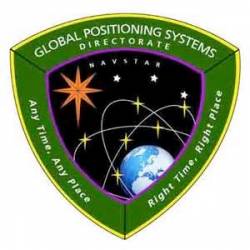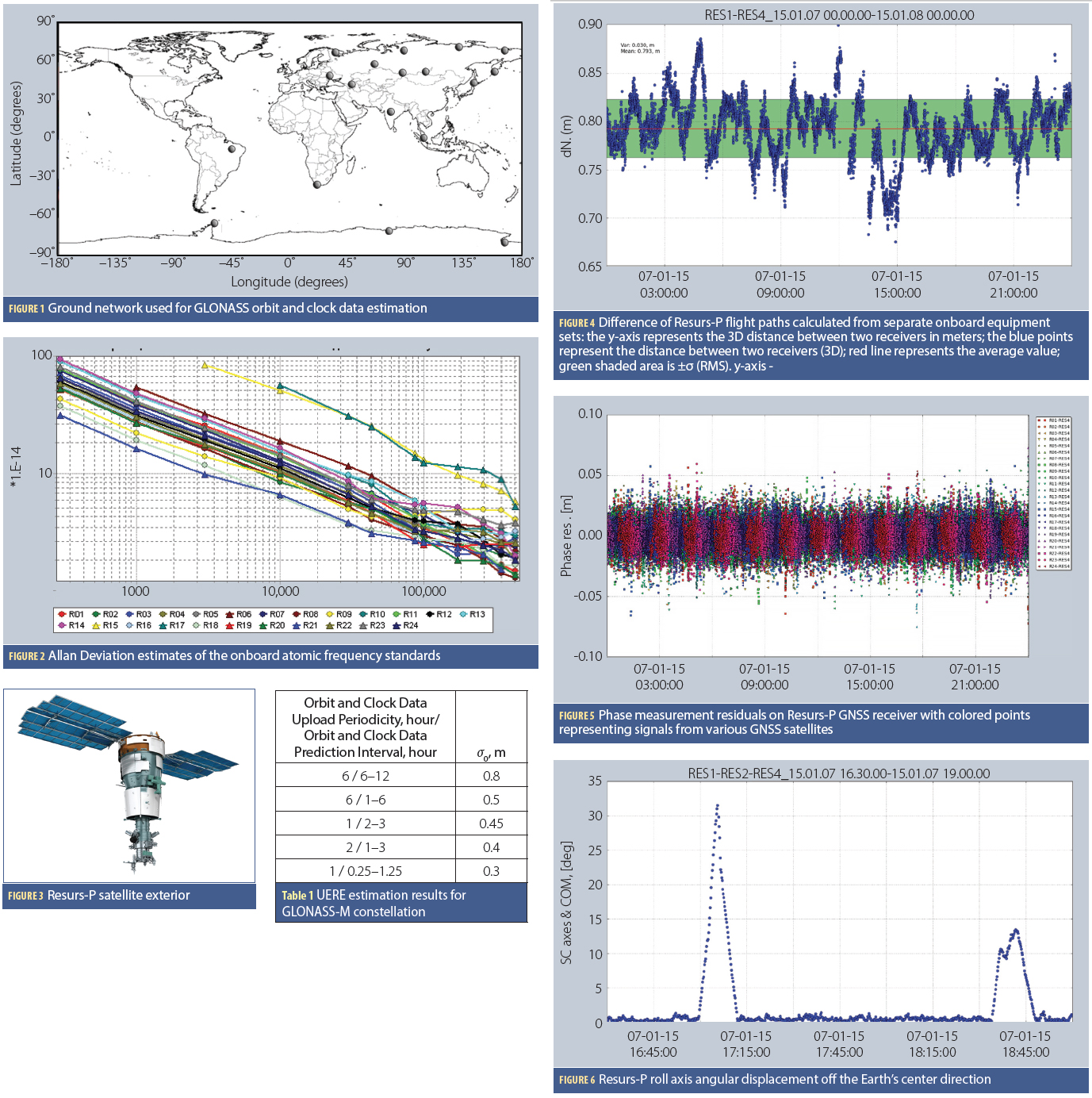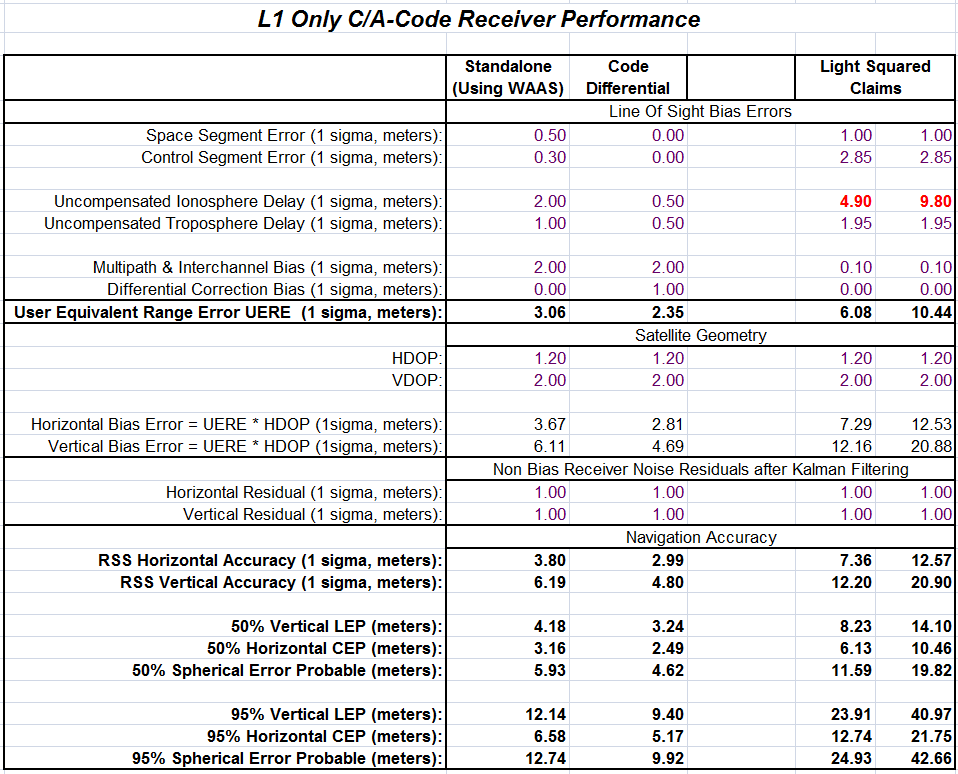OCX Faces Crucial Pentagon Review, Congressional Broadside
The new GPS ground control system’s cascading delays and ballooning budget have the Department of Defense (DoD) looking at other options, including shifting to an enhanced version of an existing control system, Inside GNSS has learned.
The Next Generation Operational Control System (OCX), which already has more than doubled in cost, will be the focus of a second “Deep Dive” review before the DOD’s top acquisition official on December 4.
By Inside GNSS













